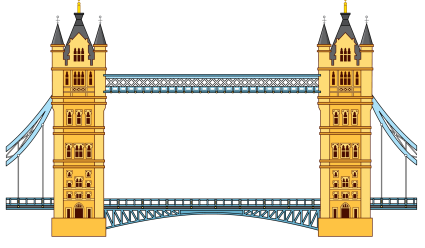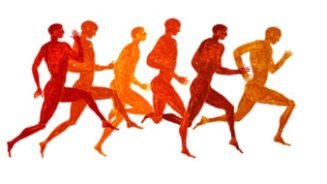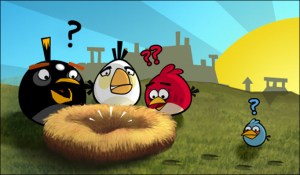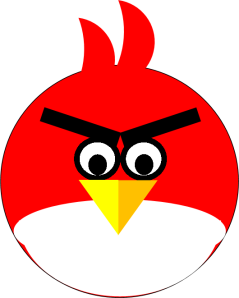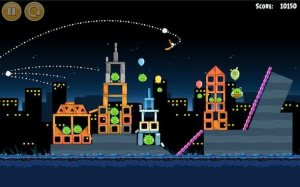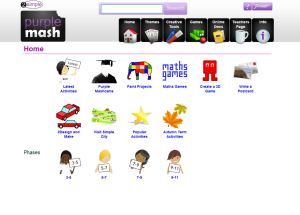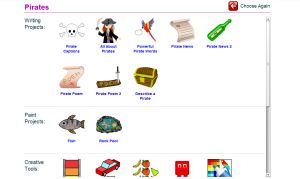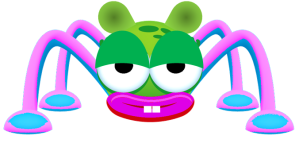This Sporting Life
There are so many things going on this year – it’s difficult to keep up!!! This summer’s Olympics must rate pretty highly though and it gives so many opportunities for learning. Here are a few ideas that might inspire you to try something new or different in your classroom.
Now I love Google Sketchup. It’s one of those programs that the children can grab hold of and just run with. What’s even better is that there are plenty of tutorials available for using it – just check out You Tube! And what better way to use it than to get pupils to design an Olympic village, sports facility or stadium? Or, if you’re trying to inspire your pupils to write, get them to design one of the above and then write instructions on how to do it for other pupils to follow. Genius.
Of course, not everyone is lucky enough to get to the Olympic site. But you can take an aerial tour of what it looked like while being constructed. Tours from above is a great idea and contains many other useful aerial tours you could use in the classroom – perfect for those times when you want to whisk your class away to somewhere different.
The statistical data that gets thrown at you during big sporting events makes them perfect for linking to maths. Why not think about introducing some games based learning? Mario and Sonic at the Olympic Games would be perfect for this and has already been used in classrooms for this very purpose. I know a number of educators have developed ideas for using this, including the ever wonderful Steve Bunce, so why not give it a whirl?
Obviously there are so many more ideas that could be mentioned. There are numerous videos of past Olympic events that could be used to inspire pupils to write or as discussion points in the classroom. There are a whole load of links on the Project Britain and BBC sites that could be very useful. I’ve created an ICT challenge pack for UKS2, that includes PowerPoint templates and other bits and pieces. You could create news items, based on past Olympics using the BBC On This Day, as used here or design your own sporting outfits. Whatever you choose – I’m sure it will be fab!



